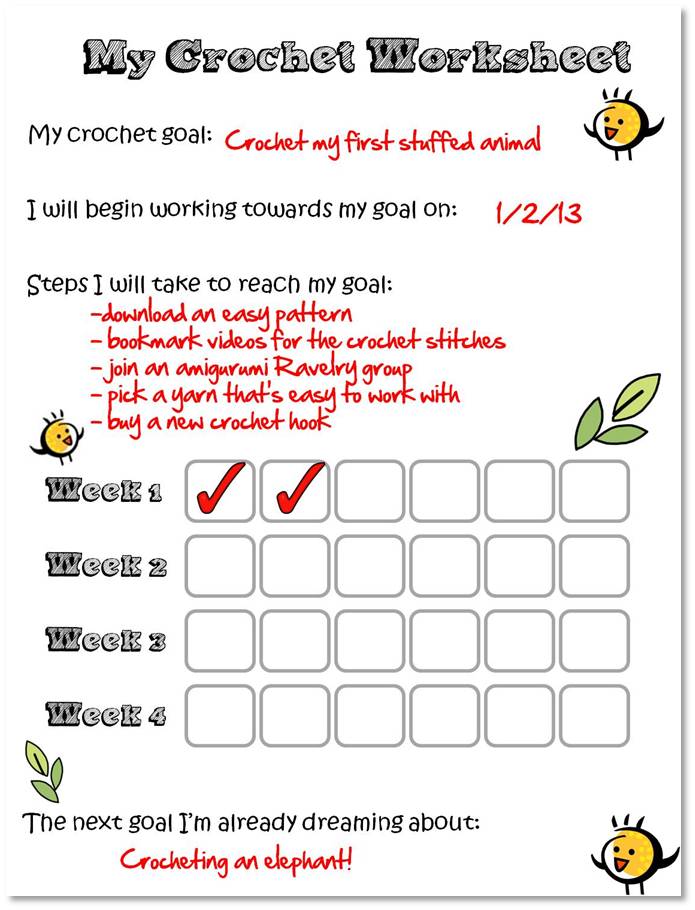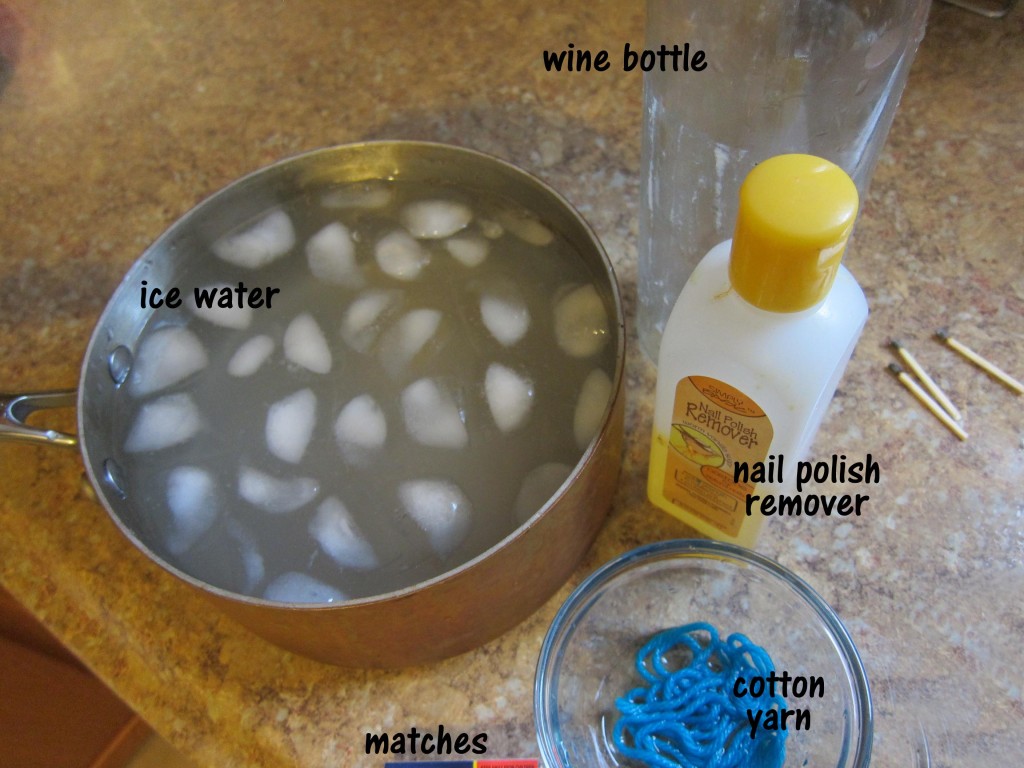I saw oodles of great crafting on my trip to Vietnam! I’m going to give you an overview of some of the most popular crafts, as well as some resources and tips (whether you’re looking to purchase finished crafts or materials to do your own crafting!)
In general, Vietnam is a very poor country where the average worker doesn’t earn very much per hour. This means that you will be able to purchase incredibly beautiful handmade works of art, for much less than you would in the US or Europe (which have higher labor rates).
Vietnam is also a place where counterfeits and cheap imitations (both of finished items and materials) are abundant. So, use your best discretion when shopping.
Lacquerwork
Lacquerwork (or Lacquer Work/ Lacquerware) is an art form where a high-gloss lacquer is applied to wood, typically with a decorative mother-of-pearl inlay.

While the mother-of-pearl inlay is most popular, we visited a studio which created inlays with duck egg shells:

Bits of eggshell are applied, with tweezers, piece by piece to create the intricate design. After the design is completed, layers of lacquer are applied until a smooth finish is achieved.

To Visit
- Tay Son Lacquerware: 198 Vo Thi Sau, Ho Chi Minh City, Ho Chi Minh. Studio and showroom.
Embroidery
Vietnam is home to stunning Silk Embroidery, where fine strands of silk are embroidered onto a canvas to create amazingly intricate designs:
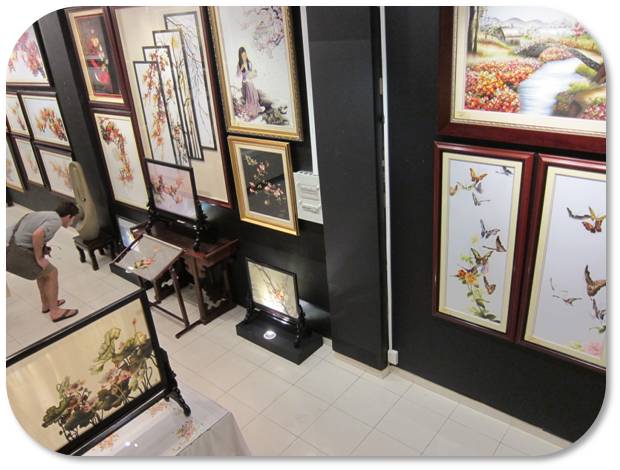
A piece can take months to complete, and since silk absorbs dye brilliantly, the final piece of work can be jaw-dropping.
Across the country, you’ll be able to find embroidery of varying levels of detail. There are many places selling embroidery pieces created with silk, but lacking the fineness of the top-notch silk embroidery studios.

For a low-priced souvenir item, you will also be able to find simple embroidery pieces. These are typically created with a thicker thread, featuring a less-intricate design and made for function:

While I discovered one little cart selling white silk thread, I was not able to find a shop that sold the lovely silk (already dyed) for personal crafting.
To Visit
- XQ Siagon Silk Hand Embroidery: 37 Donk Khoi Str, Dist. 1, HCMC Studio and showroom for fine silk embroidery.
- Da Lat Su Quan: 110 Hang Gai, Hanoi Studio and showroom for fine silk embroidery.
- Tran Gia Huy: 66 Ton Duc Tang, Dong Da, Hanoi. Showroom for fine silk embroidery.
Sewing
If you’d like a tailor-made garment sewn for you, then Vietnam is your place. Particularly in cities like Hoi An, you can find a tailor that will custom-make clothing to your specifications in under 24 hours.

For the crafter, there are ample supplies of fabric and notions in local markets (particularly in Hanoi and Saigon):

However, you should take care when purchasing your fabric. I’m suspicious that the ‘Versace Wool/Cashmere blend’ I saw for a few dollars a yard was the real deal. Many of the fabrics and notions are imported from China, and you’ll need to stay on your toes to ensure that what you’re purchasing is actually a good deal. After all, you’d like your fabric to hold up after a few washes, right?

Knitting and Crocheting
Although I happened upon a few women knitting/crocheting on the streets, Vietnam is a very hot country… so you can imagine that the demand for scarves is rather low.

I found yarn for sale in markets in major cities, but almost everything was acrylic (they even stocked Caron Simply Soft!). Even the ‘Advanced Cashmere’, after closer inspection, was actually acrylic.
Dyeing and Weaving
The ethnic minorities in the Northern Highlands grow hemp, spin it, dye it with indigo and weave it into fabric. Here’s a photo of some indigo I saw growing:

The ‘Black Hmong’ minority is named for the indigo-dyed clothing that they make and wear:
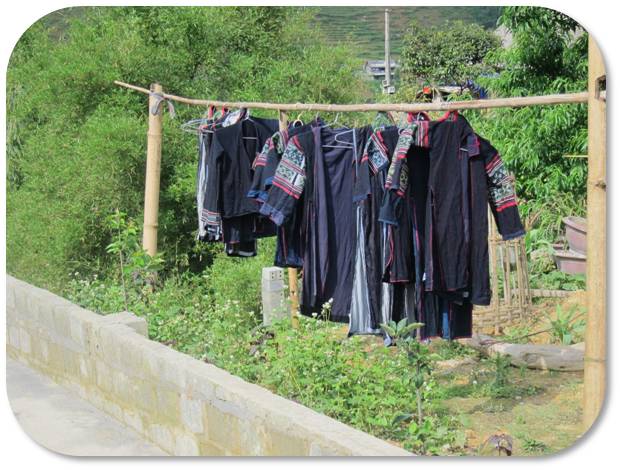
At first, I was curious if the local women really made their own clothing… but then I spotted oodles of women spinning hemp into thread:
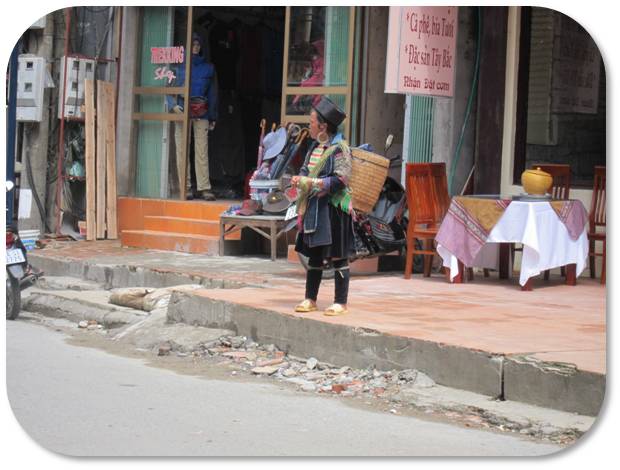
And a loom in a local home:

Isn’t it lovely to see such crafting at work?
You can purchase locally-made products from the minorities at markets in the hill-country around Sapa. As with much in Vietnam, use your best judgement when purchasing. I saw a vast amount of identical-looking pieces being sold for super-cheap that I predict were mass produced (elsewhere) for tourists). However, after a little shopping around, you can find some more genuine articles.
To Visit
- Indigo Cat: 046 Fansipan Str, Sapa. Shop featuring locally-made crafts.
- Indigo Store: 47 Hang Gai, Hanoi. Shop featuring ‘modern’ Indigo clothing.
Stonework
Ever seen those giant stone lions outside of an Asian temple? They have to be carved somewhere, right?


We happened upon a place that carves huge carvings on the drive from Hanoi to Ha Long Bay. If you aren’t looking to purchase an 8-foot-tall Budda, you’ll still be able to find lots of pieces of stone carving in shops around Vietnam.
If you’re lucky, you may even find a shop with works-in-progress!

Cross-Stitch
Hands down, the most popular craft (judging my what I observed most often) is cross-stitch.

I saw no completed cross-stitch pieces for sale, so it seems like the craft that women do for fun and use for personal display in their home (and not for selling).
I spotted a few cross-stitch kits at markets, so if that’s your craft, keep your eyes peeled!
So many crafts!
I found Vietnam to be lovely and really inspiring from a craft perspective. It’s a great chance to purchase a beautiful work of art for a reasonable price.
In terms of raw-materials to use for your crafting, supplies abound, but you’ll need to keep a keen eye out to make sure you’re getting quality materials.
I hope you’ve enjoyed my crafty-view of Vietnam… and take a peek at a few of the websites (or add some stops to your itinerary if you’re visiting!)
Best,
Stacey







































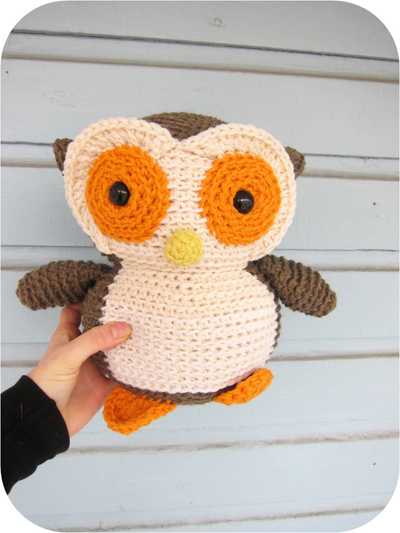




 Today’s guest post is written by Tammy Powley, crocheter and blogger at
Today’s guest post is written by Tammy Powley, crocheter and blogger at 











